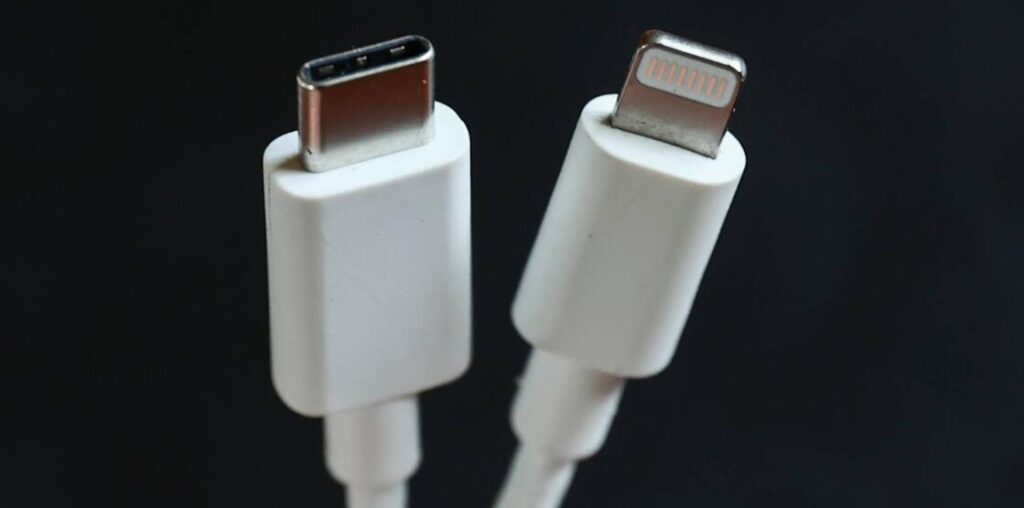It’s Lightning’s last stand: The new M4 iMacs Apple revealed today come with a choice of keyboards, mice, and trackpads that charge via the USB-C standard instead of Apple’s proprietary connector and which are also now available for separate purchase.
The (very) long-awaited news comes more than 9.5 years after Apple first introduced a MacBook that charged via USB-C, more than seven years after Apple shipped its first iMacs with USB-C ports, three-plus years since the debut of the first iPad with a USB-C port, and just over a year after the iPhone 15 dropped Lightning for USB-C.

Magic Mouse (Credit: Apple)
Throughout that time, anybody using Apple’s Magic Mouse, Magic Trackpad or any of its Magic Keyboards needed a Lightning cable to recharge those devices. Which in the mouse’s case also meant having to pause using it because this rodent’s charging port is stashed on its underside.
(I’m typing this on a Magic Keyboard with Touch ID and Numeric Keypad that needed a recharge Friday morning, and it was as annoying as ever to have to fish out Apple’s USB-C-to-Lightning cable from a desk drawer instead of reaching for the USB-C cable plugged into my laptop or any of my other current charging cables. The mouse next to it is a 2009-vintage model that uses AA batteries, which I kept when I retired an old iMac.)
These Lightning-required peripherals went years without an update (the Magic Mouse 2 dates to the fall of 2015), as if Apple were some resource-strapped startup in a garage instead of a company that reported $25.6 billion in cash and cash equivalents on hand in its Q3 earnings.
MacRumors notes that this move leaves Lightning endangered but not extinct in Apple’s shipping product lineup: The iPhone SE and the iPhone 14 series still use Lightning, as does the first-generation Apple Pencil and, for some reason, the non-Touch ID version of the Magic Keyboard with Numeric Keypad.
The new models cost the same as the previous ones: $79 for the mouse, $129 for the trackpad, $99 for the base keyboard, $149 for the Touch ID keyboard, and $179 for the Touch ID keyboard with a numeric keypad. And as before, getting any of them in black instead of white costs $20 extra because reasons.
Recommended by Our Editors
Alas, the new Magic Mouse repeats the design defect of its predecessor: As you can see from the augmented-reality view option in Apple’s Apple Store app, its USB-C port continues to hide on the bottom of this device. So you will have to pause work for a few minutes to charge this rodent, but at least you no longer need to locate that One Special Cable to get it over with.

Apple’s new mouse will require the same meditative pause for charging as the old one. (Credit: Rob Pegoraro)
Competition from input-device vendors that switched to USB-C years ago had to have pushed Apple to do this. Although the unavailability of Touch ID in third-party keyboards left Apple with a comfortable monopoly among Mac users like me who didn’t want to type in a password every time they fired up a password manager.
But the heavy hand of the regulatory state also played a role, in the form of a European Union regulation requiring manufacturers to standardize on USB-C that left Apple no choice but to kill Lightning and impose a Dec. 28, 2024, deadline for it to complete that transition.
Apple Fan?
Sign up for our Weekly Apple Brief for the latest news, reviews, tips, and more delivered right to your inbox.
This newsletter may contain advertising, deals, or affiliate links. Subscribing to a newsletter indicates your consent to our Terms of Use and Privacy Policy. You may unsubscribe from the newsletters at any time.
About Rob Pegoraro
Contributor


